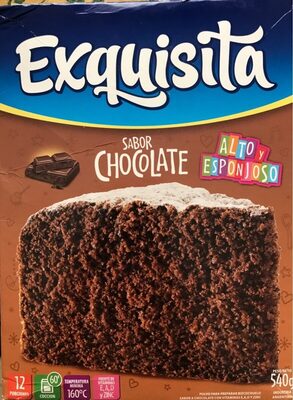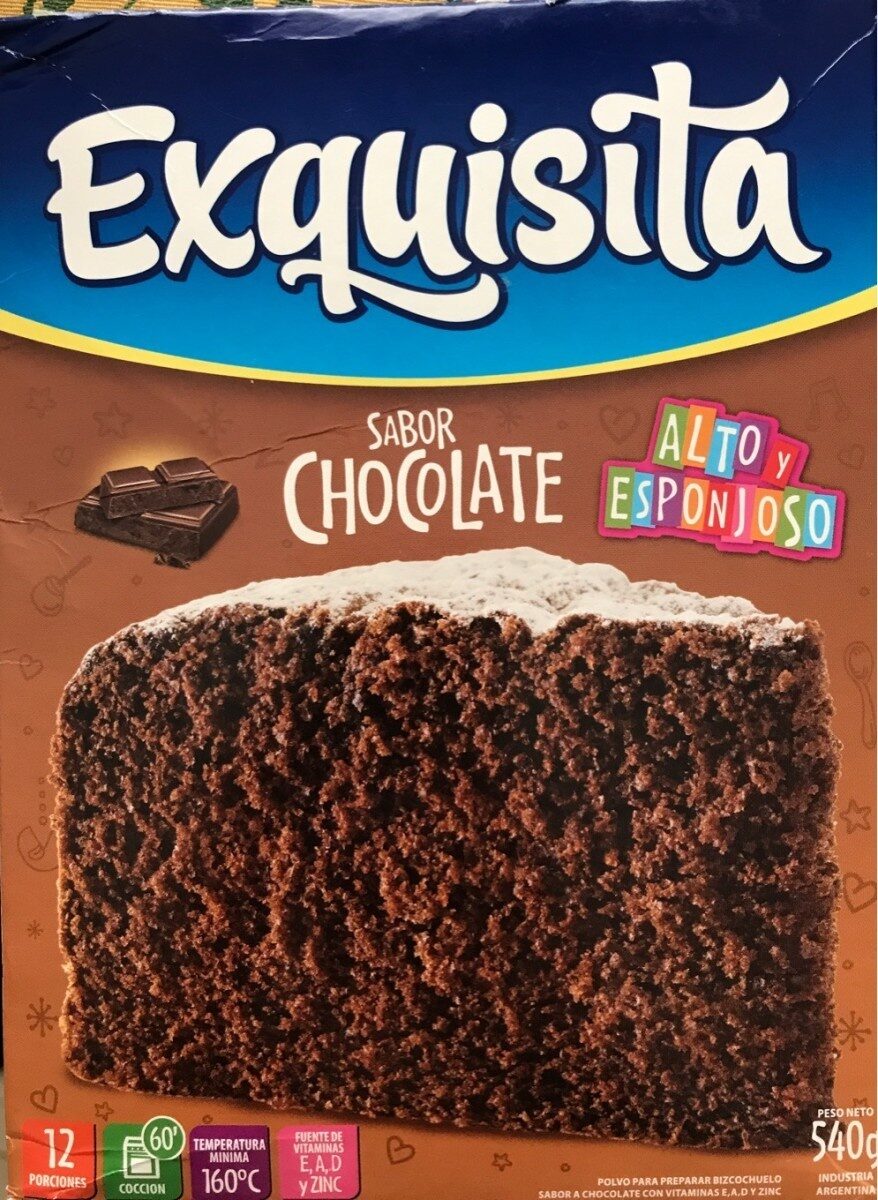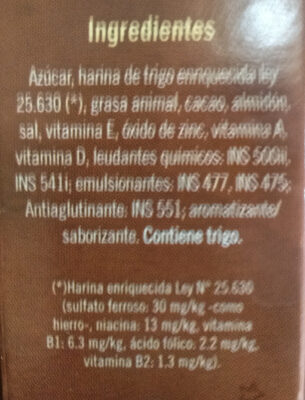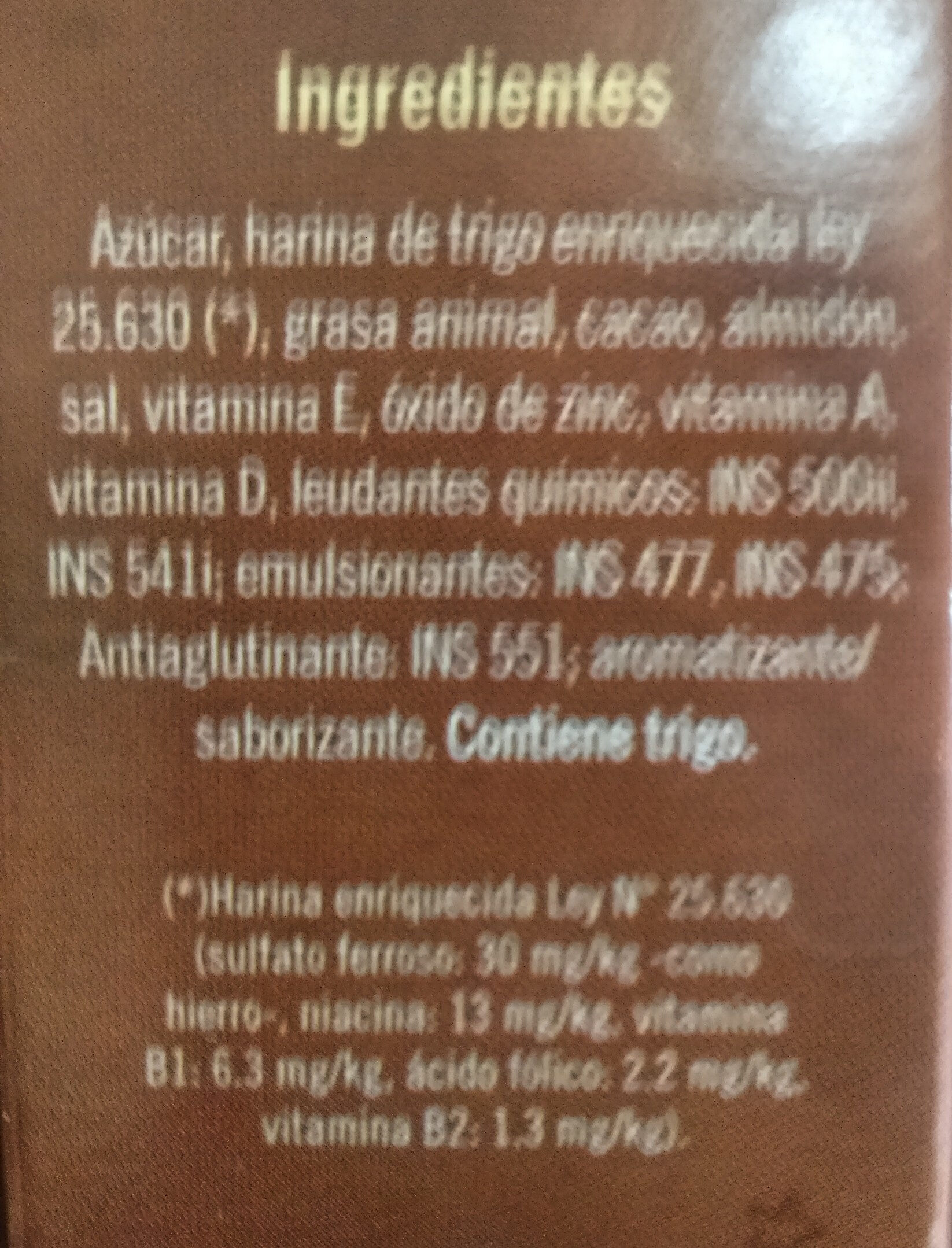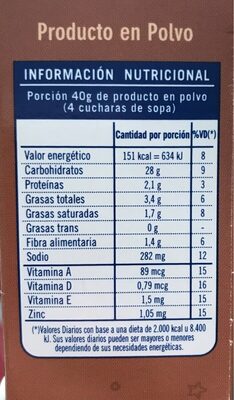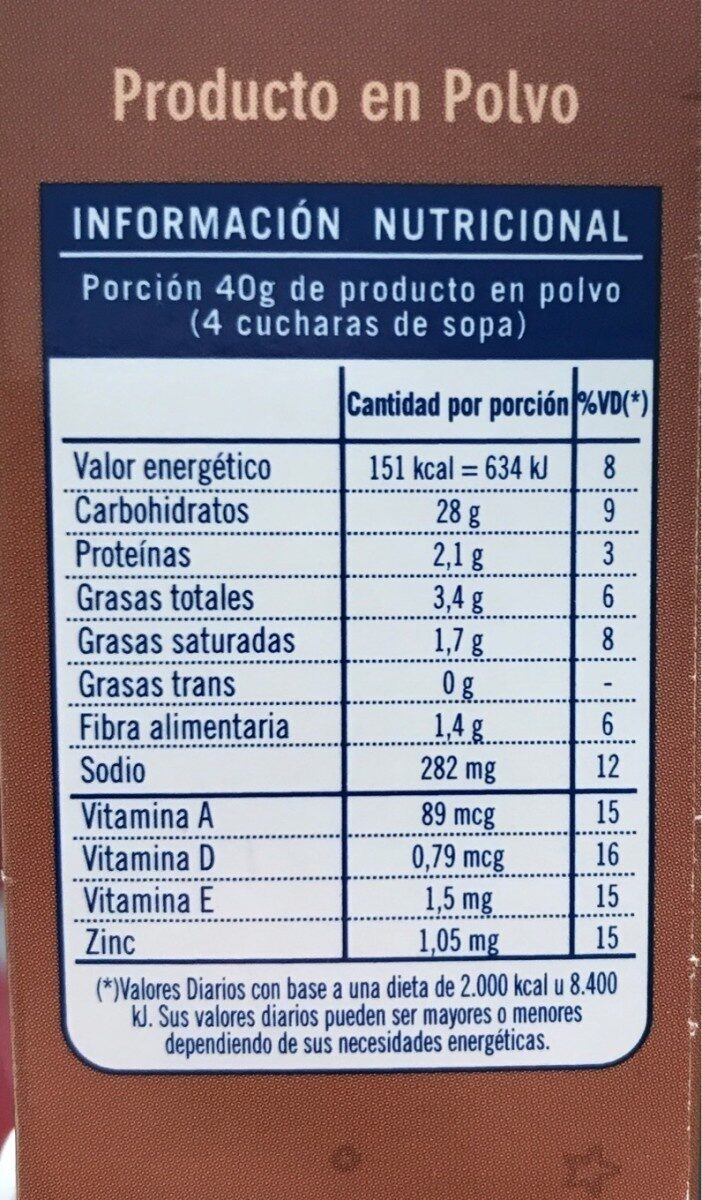Exquisita bizcochuelo chocolate - 540 g
Aquesta pàgina del producte no està completa. Podeu ajudar a completar-la editant-la i afegint-hi més dades a partir de les fotos ja disponibles, o fent-ne més amb l'aplicació de androide o iPhone / iPad. Gràcies!
×
Codi de barres: 7790070410146 (EAN / EAN-13)
Quantitat: 540 g
Empaquetament: en:Box, en:container
Marques: Exquisita
Categories: Snacks, Aperitius dolços, Galetes i pastissos, Pastís, Ajudants de cuina, en:Dessert mixes, en:Pastry helpers, en:Baking Mixes, en:Cake mixes
Llocs de fabricació o processament: Argentina
Matching with your preferences
Entorn
Empaquetament
Transport
Report a problem
Fonts de dades
Producte afegit per veganeamos
Última modificació de la pàgina del producte per foodless.
La pàgina del producte, també editada per acuario, flipwared, kiliweb, musarana, openfoodfacts-contributors, packbot, roboto-app, teolemon, yuka.WElzZlB2cGVxdHNnbU5zZytoTEY1ZlpINDRLYldVZVZjdllqSVE9PQ.
